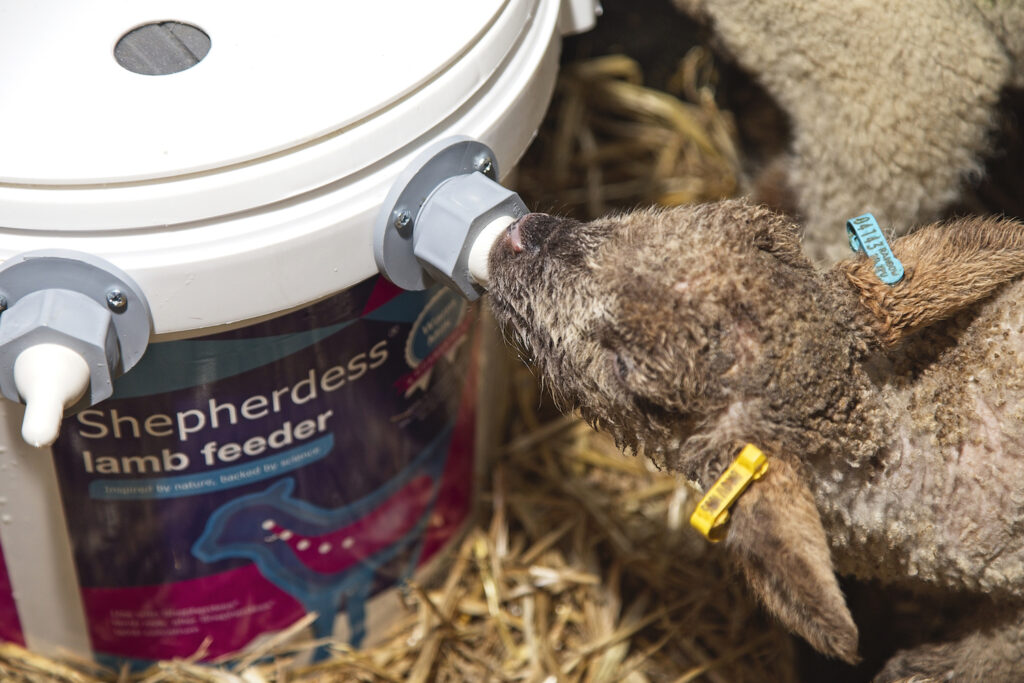Safeguarding this year’s lamb crop
5th December 2022
After a challenging summer, limited grass in some areas may have affected ewe condition, so forage analysis is critical for rationing heavily pregnant ewes.
Seventy per cent of lamb growth occurs in the last six weeks of pregnancy, so ewe feeding in this period is crucial, particularly for those carrying twins and triplets. By this stage, these ewes should be grouped in early lambing flocks, accordingly to the number of lambs they’re carrying. And appropriate feed plans should be in pace.
Summer 2022 was challenging and the limited grass supply in some areas may have affected ewe condition. “So now they have moved on to conserved forages, it is important to analyse either the grass or hay, and know what they’re getting,” says Cargill’s ruminant specialist Donald MacLeod.
“This information is critical to rationing heavily pregnant ewes, where the fast-growing lambs limit dry matter intakes. There’s less space available for feed in the rumen, so it’s critical that the correct inputs of energy, protein and all the ewe’s other requirements are met,” he adds.
Not only is the ewe having demands on her body from the growing lambs, but the quantity and quality of colostrum she produces will be influenced in this time.
“So a concentrate feed with high quality protein, such as sustainable soya, and high energy from cereals, and maybe a protected fat, is recommended in ewe diets. Those carrying multiple lambs will also need extra supplies of a good quality mineral containing selenium and vitamin E to support their antioxidant status and promote quality colostrum.”
And once lambing starts, Mr MacLeod stresses the need to make sure lambs get between 150ml and 210 ml of colostrum per kilogramme of birth weight of high-quality colostrum with more than 50g per litre of immunoglobulins.
“Research shows that between 15% and 20% of lambs die within the first 24 hours of birth. Hypothermia and starvation are the main causes. This can be reduced significantly, and even prevented, with good quality colostrum and ensuring sufficient milk is then available.”
A helping hand may be needed here, and good quality colostrum and milk can help to secure an improved lamb crop. “Shepherdess colostrum and milk, for example, have a good track record here. These products are easy to mix and use on farm, particularly through the purpose-designed Shepherdess feeder,” he adds.
“And the lamb milk is very closely formulated to match the nutritional value of maternal milk and it includes the advanced gut health package NuStart that helps lambs through the vital early growth period.”
For more information visit www.provimi.eu/uk-shepherdess, call 01845 578125 or email customerservices_dalton@cargill.com

